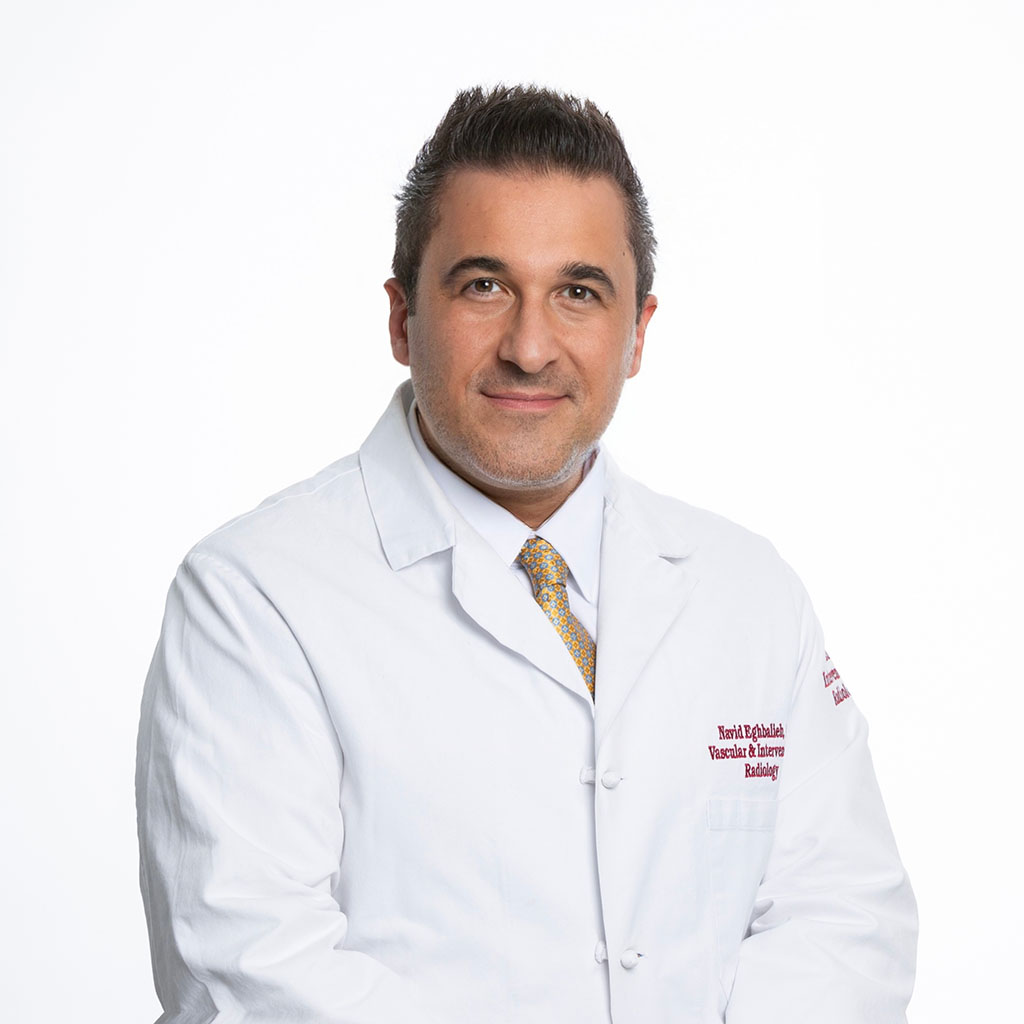Complete Abdomen with Doppler Ultrasound
Ultrasound imaging for the stomach at SCMSC
Ultrasound imaging specialists for Los Angeles
At Southern California Multi Specialty Center, we have an expert team of physicians, nurse practitioners, and technologists who are highly trained in ultrasound imaging. We take pride in ensuring your concerns are addressed and professional well-trained healthcare providers are accompanying you during your journey.
Your doctor has requested an ultrasound of your abdomen with doppler evaluation – what can you expect?
The scan can help diagnose such medical conditions as abdominal masses, gallbladder disease and gallstones, as well as problems in the liver, kidneys, pancreas, or spleen. In addition, this exam helps to diagnose obstruction in blood flow to an organ.
Abdominal Ultrasound Q & A
Ultrasounds and ultrasound with doppler are a non-invasive procedures that can be used to examine the organs, structures, and blood flow inside the body.
What Exactly is Ultrasound?
Ultrasound is sound waves at frequencies higher than the human ear can detect. The images created by these sound waves are called sonograms. When used for medical imaging, ultrasound is referred to as diagnostic ultrasound. The ultrasound waves are directed at the area of the body being examined and reflected back to a detector that records the information to create an image.
Ultrasound is a non-invasive diagnostic technique that uses high-frequency sound waves and is highly useful for the examination of various structures inside the body. It is particularly useful in the gastrointestinal tract because the tissues there are gas-filled, which makes them difficult to study with other types of imaging. The use of ultrasound in the gastrointestinal tract is known as upper GI (gastrointestinal) or endoscopic ultrasound.
What is Ultrasound with Doppler?
A “regular ultrasound” uses sound waves to produce images, but can’t show blood flow.
Before Your Ultrasound Exam
- You must not eat or drink for 8 hours before your exam. No water, coffee, food, tea, etc. This is very important as abdominal structures will not be viewed if these instructions are not followed.
- Take a small sip of water for all your regular medications.
- We want to make your wait time as pleasant as possible. please consider bringing your favorite magazine, book, or music player to help you pass any time you may have to wait.
- Please leave your jewelry and valuables at home.
During Your Ultrasound Exam
- You may be asked to change into a gown.
- A diagnostic medical sonographer will explain the exam and answer any questions you may have. Reporting on any findings will be given to you during your follow up with the nurse practitioner or physician.
- The exam will be performed while you lie flat on your back on the examination table. You may be asked to turn and/or hold your breath at various points during the exam.
- Warm gel will be applied to your abdomen. This is a water base gel and if contact to your clothing occurs, do not worry, this will dry like water so there is no staining or stickiness to your fabric.
- A transducer is a device that emits the sound waves and will be moved across your abdomen. This is how the organs can be seen. You will not feel the sound waves. The echoes reflect back to the transducer and is converted to electronic signals within the ultrasound machine to produce a “picture.”
- Your exam may take between 30-45 minutes.
After Your Ultrasound Exam
- You may resume your regular diet and day-to-day activities unless told otherwise by your doctor.
- Your study will be reviewed by an imaging physician and the results sent to your doctor. Your doctor will discuss these results with you and explain what they mean in relation to your health.
- Copies of your reporting may be sent to your other specialists. You will need to provide a fax number to these specialists for our office to send this to.
Ultrasound of the Stomach
Finding the Cause of Stomach Pain via Ultrasound
Ultrasound can be used to look for signs of inflammation, bleeding, or an obstruction in the stomach. These can all cause pain, so if ultrasound does not find any other abnormalities in the stomach, these may be the source of the pain. If ultrasound finds signs of bleeding in the stomach, it can be treated with medication or, in some cases, surgery.
Ultrasound with Doppler can measure blood flow to the stomach. It can be used to identify blockages that can cause pain and require intervention.
Using Ultrasound to Check for Ulcers
Ultrasound can also be used to measure the thickness of the wall of the stomach. If there is an ulcer present, it can grow deeper, causing the wall to thin out. Ultrasound can be used to monitor changes in the thickness of the wall, which can be helpful in determining if the ulcer is healing. Ultrasound can also be used to look for other things that may cause pain in the stomach, such as an enlarged spleen or kidney stones.
Ultrasound for Your Gallbladder
Ultrasound for Your Liver
Make an appointment at SCMSC
We look forward to welcoming you
Schedule an evaluation with Dr. Eghbalieh at Southern California Multi-Specialty Center.




